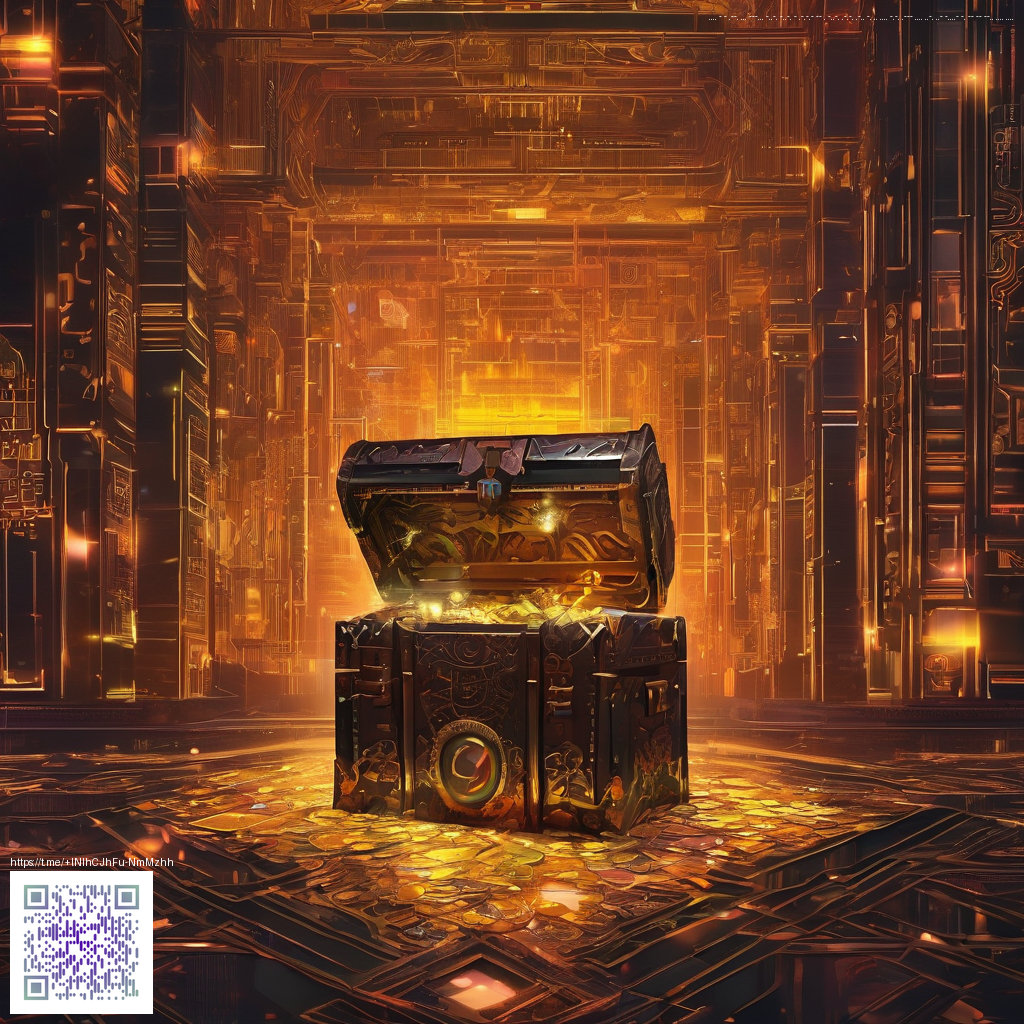
Understanding the World of Minecraft Economy Servers
Jumping into a Minecraft economy server is like stepping into a bustling, player-driven marketplace 🪙. It’s not just about mining for diamonds anymore—it's about negotiating prices, managing resources, and building a thriving virtual economy that rewards smart trading, reliable shops, and thoughtful balancing. If you’re exploring server setups or joining a community that values fair play and sustainability, you’ll quickly notice how a well-tuned economy can elevate gameplay from casual grinding to strategic collaboration 💎🎮.
“A healthy economy isn’t about who has the most wealth; it’s about predictable growth, accessible markets, and opportunities for everyone to participate.”
In practice, Minecraft economy servers combine several moving parts: currencies or credits, player-run shops, auction houses or job boards, and governance mechanisms that prevent inflation or hoarding. You’ll see players trading emeralds for iron, signing up to run a chest shop near a bustling spawn, or paying a small tax to fund server upgrades. It’s a living system that reflects the kind of real-world markets we navigate daily, only with blocky charm and a dash of blocky drama 🧭🪙.
Core Mechanics That Make Markets Tick
- Currencies and value: Most servers introduce a standard currency (coins, credits, or gems) to simplify pricing. The value of an item isn’t fixed in stone; it shifts with supply, demand, and events like new builds or updates.
- Shops and storefronts: Players set up chest shops, sign shops, or in-game storefronts where goods are bought and sold. A clear pricing system and intuitive navigation keep the market accessible for newcomers and veterans alike 😊.
- Auctions and marketplaces: Auction houses or market boards let players bid on rare items, creating excitement and macro-level pricing signals that balance supply across the server.
- Jobs, services, and dynamic pricing: Some servers assign employment or skill-based roles (mining, farming, crafting) that reward players with currency while allowing others to outsource tasks through services like repairs or protection near valuable assets.
- Governance and balance: Admins often implement taxes, caps, or inflation controls to ensure everyone has a fair shot at progress. A transparent policy framework builds trust and long-term engagement 🏗️.
For server builders and admins, the practical goal is to foster a lively ecosystem without letting any single player or group corner the market. Balancing can involve limiting maximum balances, creating hard caps on certain item prices, or introducing decay on currencies to prevent stagnation. When done thoughtfully, players feel motivated to contribute, trade, and collaborate rather than hoard everything for themselves 💡🤝.
On the technical side, you’ll encounter plugin ecosystems that provide the backbone for these economies. Plugins like Vault, ChestShop, Shopkeepers, and AuctionHouse are common choices, offering APIs and ready-made features that let server owners customize prices, permissions, and access rules. The real magic happens when these tools are integrated with gameplay goals—like community builds, faction wars, or race-to-build challenges—so the market evolves as players pursue new achievements 🧭🌟.
Tips for Running a Fair and Engaging Economy
- Start with a transparent baseline: publish currency rules, shop policies, and inflation controls so players know how the game economy works from day one.
- Encourage player agency: reward merchants who actively participate in the market with bonus opportunities or seasonal event currencies.
- Monitor health indicators: track average balance, price volatility, and item availability to catch early signs of inflation or market manipulation.
- Use events to reset or refresh markets: limited-time sales, treasure hunts, or seasonal auctions can re-balance supply and re-ignite interest.
- Balance ergonomics with playtime: communities that balance effort with reward tend to stay engaged longer. For streamers and builders who log long sessions, a comfortable setup matters—consider ergonomic gear like the Foot Shape Neon Ergonomic Mouse Pad with Memory Foam Wrist Rest to keep your focus sharp and your wrists comfortable 🖱️🧎♂️).
If you’re curious about deeper strategies or case studies, you’ll find structured guides that walk through server economies step by step. For additional insights, you can refer to resources such as https://11-vault.zero-static.xyz/fb5cc17c.html—a handy companion as you design, test, and tune your own market 🎯📚.
Practical Steps to Launch a Beginner-Friendly Economy
- Choose a currency model that fits your play style: a simple coin system works for casual servers, while a tiered currency can support complex trades.
- Set up a central marketplace hub with clear signs and accessible shop fronts for new players.
- Implement an auction or bidding mechanic to drive excitement and dynamic pricing.
- Balance supply by linking resource generation to activities and events rather than raw time played.
- Provide player feedback channels: surveys or in-game polls help you adjust rules in response to community needs.
As you build, remember that a successful economy server thrives on community participation and transparent governance. The market should feel alive, with every trader adding color to the global picture and every citizen contributing to shared projects. With patience and thoughtful tuning, you’ll see players form collaborations, design elegant shops, and create new goals that keep the world vibrant long after the initial launch 🎨🛠️.